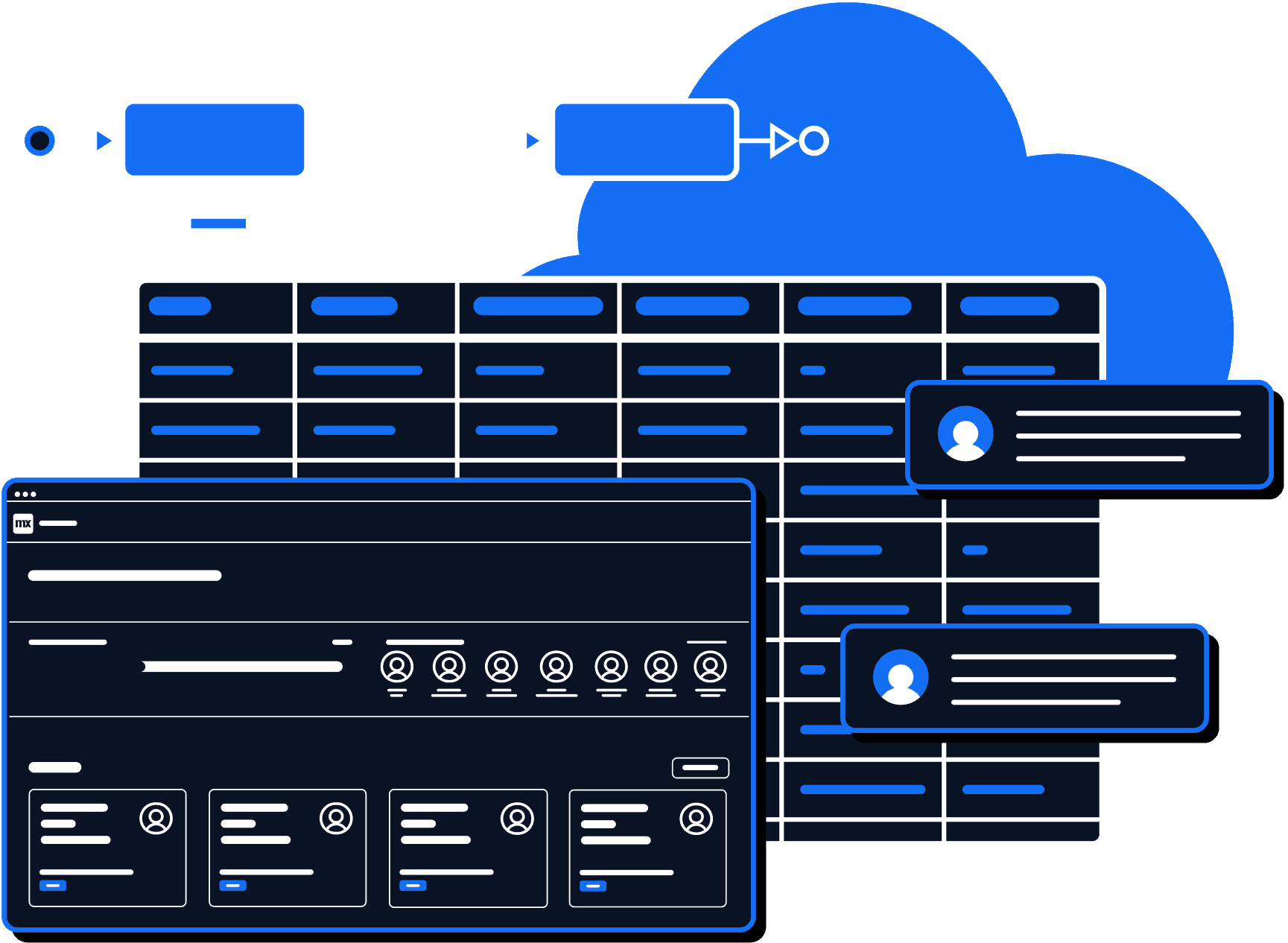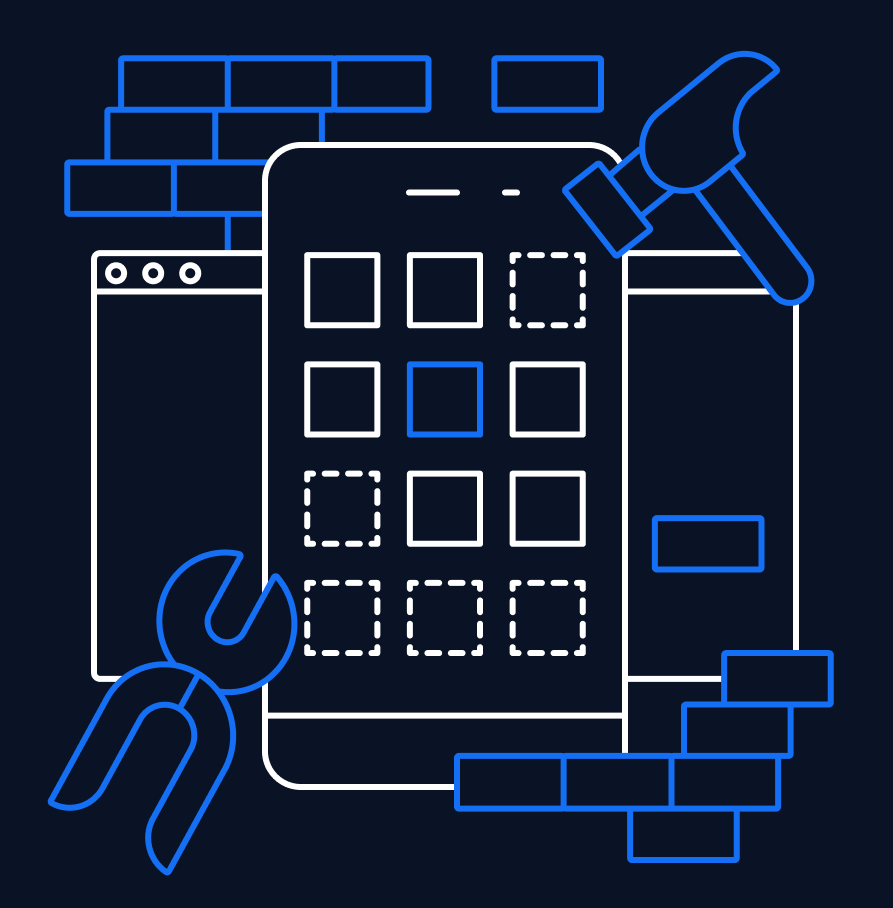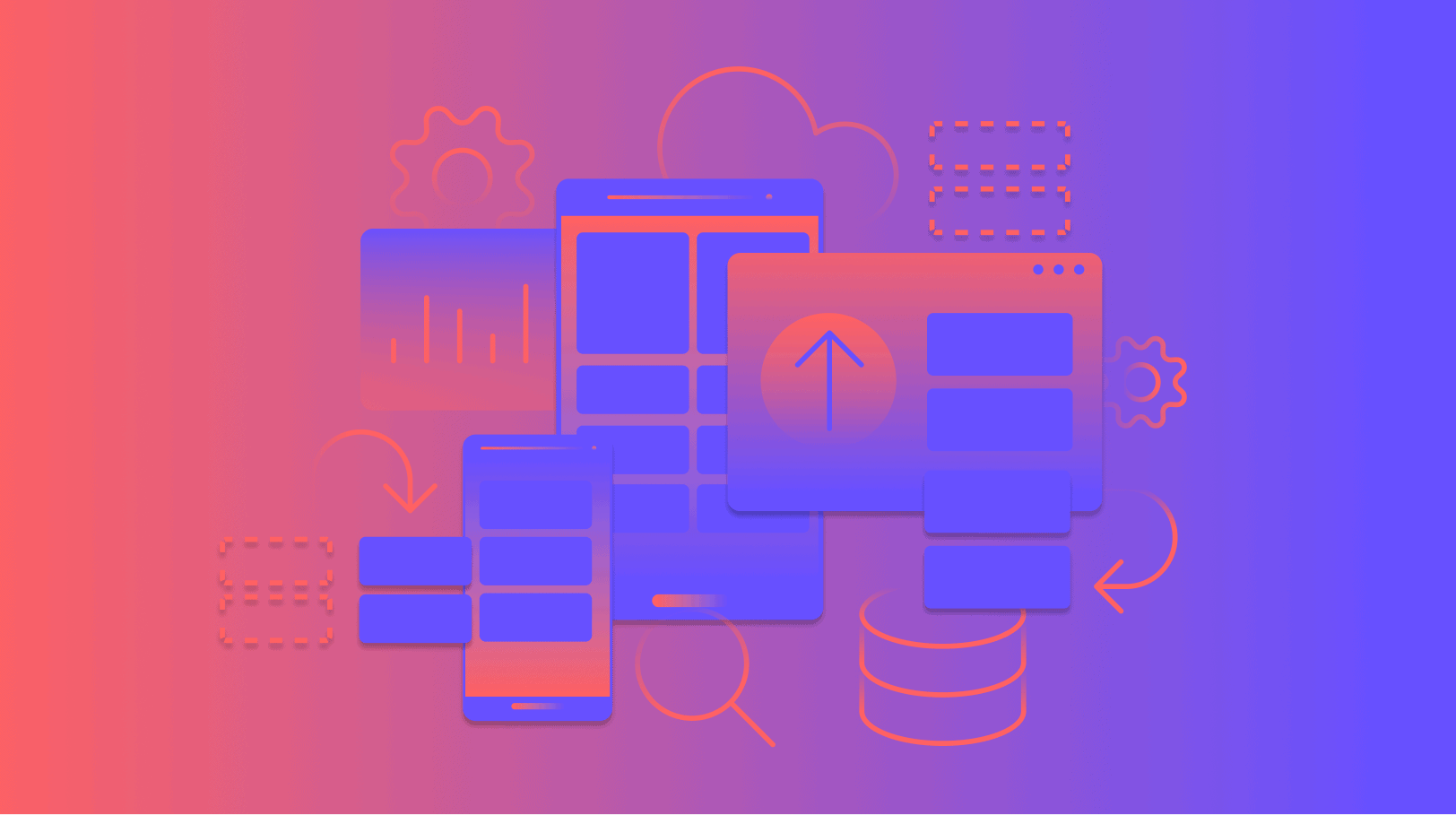
Replace Legacy Systems with Low-Code Applications
Break free to go beyond the limitations of your legacy systems
Get started with MendixThe status quo is untenable
What have your legacy systems done for you lately?
To a certain extent, the time and expense of maintaining business-critical tools and applications is reasonable as long as the systems are still pulling their weight.
But there are a few signs that this is no longer feasible:
-
High risk
Security breaches, lost data, outages, compliance challenges, and beyond. Legacy systems face high risks, especially if no longer supported by the manufacturer.
-
High cost
Maintaining these systems monopolize IT resources, and developers with niche legacy expertise are increasingly hard to find. There’s also vendor lock-in and astronomical licensing fees.
-
Low reward
You can’t stay competitive with systems that are decades old. Legacy systems obstruct revenue goals because they aren’t flexible enough to keep up with business and end user demands.
Don’t just replace. Build better than ever.
There are three ways to tackle the legacy replacement process:
- build a new solution in house using traditional development methods
- purchase a commercial-off-the-shelf (COTS) solution
- build a custom solution in house with low-code development
Traditional development is costly and time-intensive while commercial-off-the-shelf (COTS) products are too “one size fits all” for the modern enterprise.
With these approaches, you’re simply replacing one headache for another.
But with low-code, you can build future-proof applications that support current business processes with modern functionalities that the other options can’t touch.
By enabling developers of all skill levels to build, low-code accelerates the time it takes to deliver custom web and mobile applications that far exceed what your legacy systems offer.

Replace legacy systems fast with Mendix
Catered to the needs of modern enterprise developers, Mendix accelerates time to market with a comprehensive and integrated set of tools and services for managing the entire application development lifecycle.
Build new, custom business applications that go beyond what you could ever imagine from your legacy systems. As you deliver new applications, you can sunset their legacy counterparts.
-
Increase developer productivity
Empower your existing talent — no matter their skill set — to build and deploy custom business applications fast. Mendix is easy to navigate with high availability and a reliable support community.
-
Build cloud-native
Mendix runs on an open cloud-native architecture to maximize flexibility and extensibility. No matter how your business needs and applications evolve, Mendix will run on your chosen platform.
-
Deploy anywhere in one click
Applications built with Mendix are containerized and portable by default. With one-click, deploy your new applications to a public cloud, private cloud, hybrid cloud, or on-premises.
-
Integrate with ease
Connect your new applications to existing systems and future solutions without friction. Mendix is open and extensible at every level, and supports connections to other technologies through industry-standard interfaces and protocols.
-
Minimize risk
Build compliant, secure applications. Mendix includes a cutting-edge information security management system, as well as comprehensive security and governance features built right into the platform.
-
Avoid vendor lock-in
Mendix is an open platform. You will own and have continued access to your data and models, with the option to export as you wish.
Post-replacement, take it above and beyond
Once you’ve officially replaced your legacy systems, low-code with Mendix opens up a brand-new world of enterprise software capabilities.
-
Scale for the long-term
Increase the capacity and functionality of your applications based on evolving user demands and business needs. Mendix applications are easy to scale on cloud-native architecture.
-
Explore multi-channel
Extend the reach of your applications by opening them up to new channels. Build anything from browser-based user experiences to progressive web applications to offline-first native mobile applications.
-
Avoid obsolescence
Within a modern platform, you can build future solutions that deliver value and make a difference for your organization. Mendix features best-of-breed technologies with no risk of obsolescence.
-
Improve continuously
What you build today may need updating in the future. Mendix makes it easy to ensure that your applications are always delivering value with a test-and-learn approach to innovation and the ability to explore new ideas quickly.
-
Reduce maintenance
No more resource-depleting maintenance requests. By default, Mendix features mission-critical resiliency as well as instant backup and recovery to reduce maintenance and support costs.
Modernization success stories
You may also like

3 Immediate Benefits of Modernizing Legacy Systems
If you're asking yourself, "Why modernize legacy systems?" consider these legacy modernization benefits that range from quick wins to strategic evolution.

3 Low-Code Legacy Application Modernization Strategies
If you're running outdated, lagging legacy systems, it's time for an upgrade. Here's how low-code can support legacy application modernization.

How to Upgrade Legacy Systems to Compete in the Cloud Age
With enterprise application modernization options proliferating, upgrading legacy systems has become increasingly critical.
- How do I know when it’s time to replace legacy systems?
As soon as legacy systems get to the point where they are monopolizing IT resources just to maintain the status quo, it’s time to consider replacement. While legacy system replacement is a significant undertaking, the costs and time needed to keep the same outdated systems is high risk and low reward.
Related reading: How to Modernize Legacy Applications — the Right Way
- How do I replace legacy systems and applications?
Replacing legacy systems involves building a new application and sunsetting the original. When creating the replacement, it’s important to consider new features and functionality that may be required, as well as demands from both end users and the business.
- Are there other ways to modernize legacy systems?
Yes! Replacing a legacy system is a time-intensive, resource-heavy investment, but there are many scenarios where it’s still the best option. However, other options are to extend or migrate your legacy systems.
Extending the capabilities of your legacy system is a simpler approach than replacing, but it’s only a feasible option if your core system still operates as needed.
Read more about extending your legacy system’s capabilities
You can also choose to migrate your legacy applications and processes off of your core system and onto a more modern architecture. The goal is similar to replacing the system, but migration allows organizations to move at their own pace.
